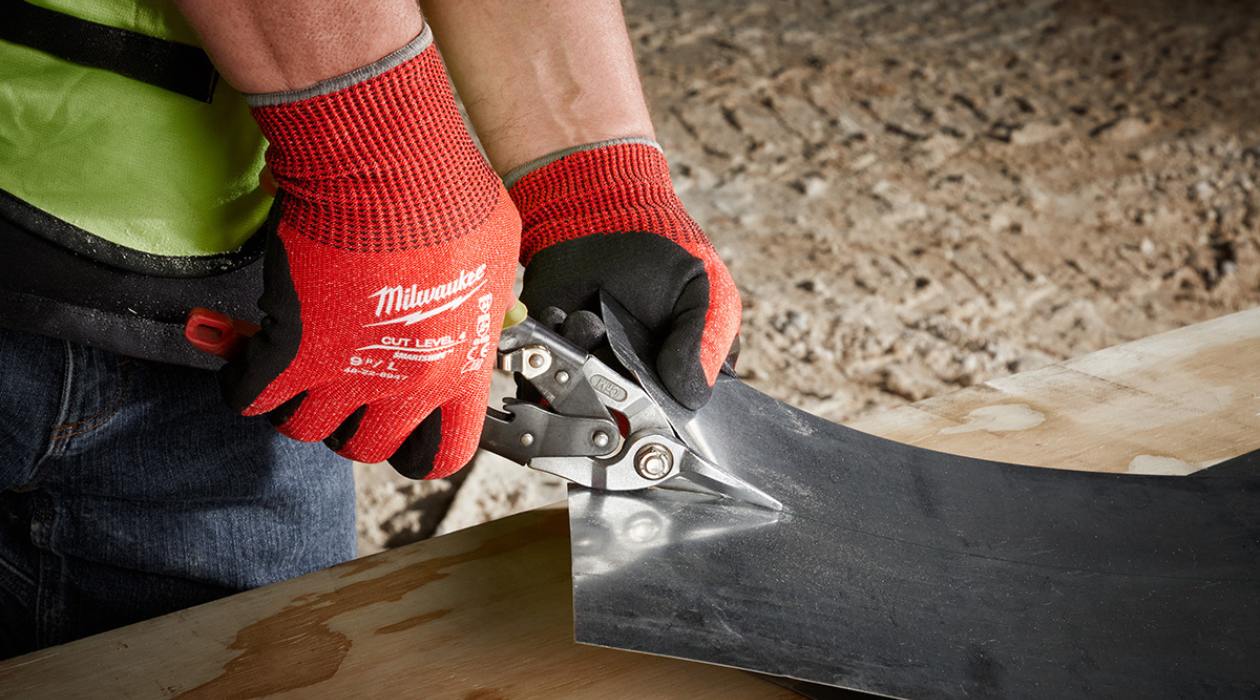

Articles
What Should Be Used When Using Hand Tools
Modified: January 8, 2024
Discover the essential articles you should use when working with hand tools. Improve your efficiency and safety with the right equipment.
(Many of the links in this article redirect to a specific reviewed product. Your purchase of these products through affiliate links helps to generate commission for Storables.com, at no extra cost. Learn more)
Introduction
Hand tools have been used by humans for centuries, aiding us in constructing, repairing, and creating various objects. From hammers and screwdrivers to wrenches and pliers, these tools are essential for any DIY enthusiast or professional tradesperson. While power tools have become increasingly popular, hand tools still maintain their importance in many tasks. Understanding how to properly use hand tools is crucial for both efficiency and safety.
In this article, we will explore the importance of using hand tools correctly and discuss some of the basic hand tools that should be found in every toolbox. We will also highlight safety precautions that should be taken while using hand tools, as well as the proper techniques for their effective use. Furthermore, we will provide tips on how to maintain and care for hand tools to ensure their longevity. Lastly, we will discuss common mistakes to avoid when using these tools.
Whether you are a seasoned professional or a DIY enthusiast, this article is designed to provide you with valuable insights into the world of hand tools. By understanding their importance and mastering their usage, you will be able to tackle various projects with confidence and precision.
Key Takeaways:
- Proper usage of hand tools is crucial for safety, precision, versatility, cost-effectiveness, and skill development. Mastering techniques and prioritizing maintenance ensures efficient results and optimal performance.
- Understanding the importance of safety precautions, proper techniques, and maintenance for hand tools is essential for achieving efficient results and promoting a safe working environment. Prioritizing safety and investing in high-quality tools are key to success.
Importance of Using Hand Tools Correctly
Using hand tools correctly is of utmost importance for several reasons. Here are a few key reasons to emphasize their proper usage:
- Safety: One of the primary reasons for using hand tools correctly is to ensure personal safety. Hand tools can be dangerous if mishandled or used improperly. By using them correctly, you significantly reduce the risk of accidents or injuries. It’s important to follow safety guidelines and exercise caution when working with hand tools to protect yourself and those around you.
- Precision and control: Hand tools offer greater precision and control compared to power tools. They allow you to make small adjustments, apply the right amount of force, and have a tactile feel of the workpiece. This level of precision is especially crucial when working on delicate projects that require attention to detail.
- Versatility: Hand tools have a wide range of applications and can be used in various tasks and projects. Whether you’re tightening screws, cutting materials, or shaping wood, hand tools offer flexibility and adaptability. They can be used in different environments and do not rely on a power source, making them portable and convenient.
- Cost-effective: Hand tools are typically more affordable than their power tool counterparts. Investing in a quality set of hand tools can save you money in the long run, as they require minimal maintenance and have a longer lifespan. Additionally, hand tools often have interchangeable parts, reducing the need for purchasing multiple specialized tools.
- Skill development: Using hand tools promotes the development of essential skills such as hand-eye coordination, dexterity, and problem-solving. By mastering the techniques needed to effectively use hand tools, you can refine your craftsmanship and become more proficient in various manual tasks.
Overall, using hand tools correctly is not only necessary for safety but also ensures optimal precision, versatility, cost-effectiveness, and skill development. By understanding the importance of proper usage, you can maximize the benefits of hand tools and achieve better results in your projects.
Basic Hand Tools for Every Toolbox
When it comes to building a toolbox, there are certain hand tools that are considered essential. These tools can help you tackle a wide range of projects and are a good starting point for any DIY enthusiast or professional tradesperson. Here are some of the basic hand tools that should be found in every toolbox:
- Hammer: A hammer is a versatile tool used for driving nails, removing nails, and shaping metal or wood. Look for a hammer with a comfortable handle and a balanced weight for better control.
- Screwdriver set: A set of screwdrivers with various sizes and types of heads is essential for loosening or tightening screws. Make sure to have both flat-head and Phillips-head screwdrivers, as they are commonly used in different applications.
- Pliers: Pliers are versatile tools used for gripping, bending, or cutting wires and other materials. A set of pliers should include needle-nose pliers, slip-joint pliers, and cutting pliers to cover a wide range of needs.
- Adjustable wrench: An adjustable wrench is used for turning bolts, nuts, and fittings of various sizes. Its adjustable jaw allows it to accommodate different sizes, making it a versatile tool for many applications.
- Tape measure: A tape measure is a must-have tool for accurate measurements. Look for a tape measure with both metric and imperial measurements, as different projects may require different units.
- Level: A level is used to ensure that surfaces are perfectly horizontal or vertical. It is crucial for tasks such as hanging shelves, pictures, or installing cabinets. Opt for a spirit level with multiple vials for more precise leveling.
- Utility knife: A utility knife is essential for cutting materials such as cardboard, drywall, or carpet. Look for a knife with a retractable blade for safety and convenience.
- Saw: A handsaw is necessary for cutting wood or other materials when a powered saw is not available or practical. Consider having a general-purpose crosscut saw and a finer-toothed backsaw for more detailed cuts.
- Chisel: A chisel is used for shaping and carving wood or other materials. It’s important to have different sizes of chisels to accommodate various tasks and projects.
- Mallet: A mallet is essential for striking chisels, driving dowels, or tapping joints during assembly. Look for a mallet with a rubber or wooden head to prevent damage to delicate materials.
These are just a few of the basic hand tools that every toolbox should have. Depending on your specific needs and projects, you may want to expand your collection over time. Remember to invest in high-quality tools that are durable and comfortable to use, as they will make your tasks easier and more enjoyable.
Safety Precautions While Using Hand Tools
When working with hand tools, it is crucial to prioritize safety to prevent accidents and injuries. Here are some important safety precautions to keep in mind:
- Wear appropriate protective gear: Always wear the necessary protective gear, such as safety glasses, gloves, and ear protection, when using hand tools. This will help protect you from flying debris, sharp edges, and loud noises.
- Inspect tools before use: Before using any hand tool, inspect it carefully for any signs of damage, such as cracks, loose handles, or worn-out parts. Using damaged tools can lead to accidents, so make sure they are in good working condition. Replace or repair any faulty tools.
- Work in a well-lit area: Ensure that your workspace is well-lit to clearly see what you are working on and to avoid potential hazards. Insufficient lighting can lead to mistakes or accidents.
- Maintain a clean and organized workspace: Keep your work area clean and free from clutter to minimize the risk of tripping or falling. Organize your tools and materials in a way that allows easy access without creating hazards.
- Use tools for their intended purpose: Each hand tool is designed for specific tasks. Using a tool for something other than its intended purpose can result in damage to the tool, the workpiece, or even personal injury. Always use the right tool for the job.
- Use proper technique and grip: Learn and apply the correct techniques for using each hand tool. Follow the recommended grip and posture to maintain control and avoid strain or fatigue. Seek guidance or training if needed for unfamiliar tools or techniques.
- Keep your fingers away from the cutting edges: When using cutting tools like knives or chisels, keep your fingers well clear of the cutting edge. Use clamps or other holding devices when necessary to avoid accidental slips that can cause severe injuries.
- Store tools properly: After use, always store hand tools in a designated location, away from children or anyone unfamiliar with their operation. Keep sharp tools properly sheathed or covered to avoid accidental cuts or injuries when reaching for them.
- Never leave tools unattended: When you are done using a tool, put it away immediately. Leaving tools unattended can lead to accidents if someone inadvertently comes into contact with them. Always treat your tools with care and respect.
- Seek professional help when needed: If you encounter a task or project that requires specialized knowledge or tools beyond your expertise, do not hesitate to seek professional help. It is better to enlist the assistance of an expert rather than risking your safety or creating subpar results.
Remember, safety should always be your top priority when using hand tools. By following these precautions, you can significantly reduce the risk of accidents and injuries, allowing you to work confidently and efficiently.
Always use the right tool for the job. Using the wrong tool can lead to damage, injury, or poor results. Choose hand tools that are appropriate for the task at hand.
Proper Techniques for Using Hand Tools
Using hand tools correctly involves more than just knowing how to hold them. Mastering proper techniques will not only ensure efficient and effective results but also help prevent accidents. Here are some essential techniques to keep in mind when using common hand tools:
- Hammering: When using a hammer, grip it firmly but not too tightly. Hold the handle near the end for better control and apply force with a controlled swing. Aim for the center of the nail or object you are hitting to avoid glancing blows.
- Screwdriving: For better control, position the screwdriver into the screw head firmly, ensuring a good grip. Apply steady pressure while turning the screwdriver clockwise to tighten and counterclockwise to loosen. Avoid exerting excessive force, as it may cause the screwdriver to slip or strip the screw.
- Applying pressure with pliers: When using pliers, position them close to the joint to maximize leverage. Use steady and controlled pressure to avoid bending or breaking the material you are gripping. Adjust the position of the pliers or use different ones for different tasks requiring specific grip types.
- Using an adjustable wrench: Adjust the wrench’s jaw size to fit snugly around the nut or bolt you are working on. Position the wrench perpendicular to the fastener and ensure it engages securely. Apply force using a controlled motion, and avoid putting your fingers near the moving parts of the wrench.
- Measuring with a tape measure: Hold the tape measure firmly at the end and extend it to the desired length. Use your thumb or a finger to hold the tape measure in place while measuring. Read the measurement where the tape overlaps rather than at the end for better accuracy. Ensure the tape is parallel to the surface being measured for consistent results.
- Leveling: Place the level on a flat surface, making sure the bubbles are centered between the lines. Adjust the position until the bubbles are perfectly aligned to indicate a level surface. When leveling vertically, position the level against the surface and adjust until the bubbles are centered.
- Using a utility knife: Hold the utility knife with a firm grip, ensuring your fingers are away from the blade. Extend the blade only to the necessary length and lock it in place. Apply controlled pressure when cutting, using a slicing motion and maintaining proper finger placement to prevent slips or injuries.
- Using a saw: Hold the saw with a firm grip, using your thumb to guide the saw along the cutting path. Apply controlled pressure and use long, smooth strokes to allow the teeth of the saw to do the work. Keep the saw perpendicular to the material being cut for straight, accurate cuts.
- Chiseling: When using a chisel, hold it firmly with one hand near the end and use your other hand to guide the chisel. Position the chisel at the desired angle and strike it with a mallet to make controlled cuts. Always cut away from your body to avoid accidents.
- Using a mallet: Grip the mallet firmly but not too tightly, using your wrist and arm to deliver controlled strikes. Position the mallet squarely on the object being struck to avoid glancing blows. Avoid striking with excessive force, as it may cause the mallet to rebound or damage the workpiece.
Remember to practice these techniques and adjust them to suit your comfort and the specific task at hand. As you gain experience, you will develop your own style and rhythm. Always prioritize safety and take breaks if you start to feel fatigued, as tiredness can lead to mistakes. With time and practice, you will become more proficient in using hand tools and achieve better results in your projects.
Maintenance and Care of Hand Tools
Proper maintenance and care of hand tools are essential to ensure their longevity and optimal performance. By following a few simple practices, you can keep your tools in good condition and avoid unnecessary repairs or replacements. Here are some important tips for maintaining and caring for your hand tools:
- Clean tools after use: After each use, make it a habit to clean your hand tools thoroughly. Wipe off any dirt, debris, or moisture using a clean cloth. This will help prevent rust or corrosion and keep your tools in good working condition.
- Oil metal parts: To prevent rust, apply a thin coat of oil to metal parts of your hand tools, such as blades, heads, or joints. Use a rust-preventive oil or a light machine oil and wipe off any excess. This will help protect the metal surfaces and keep them lubricated.
- Sharpen cutting tools: Regularly inspect and sharpen cutting tools such as saws, chisels, or knives. Dull or blunt cutting edges not only reduce efficiency but also increase the risk of accidents. Use the appropriate sharpening tools or seek professional sharpening services, if needed.
- Store tools properly: Proper storage is crucial for maintaining your hand tools. Keep them in a clean, dry environment away from excessive moisture or humidity. Use toolboxes, racks, or tool belts to organize and protect your tools from damage, dust, or rust.
- Replace worn-out parts: Inspect your hand tools regularly for signs of wear and tear, such as loose handles, worn-out grips, or chipped blades. Replace any worn or damaged parts promptly to maintain the performance and safety of your tools. Many manufacturers offer replacement parts or repair services.
- Avoid overexertion: Be mindful of the limitations of your hand tools and avoid excessive force or strain. Using tools beyond their intended capabilities can lead to damage or breakage. If a task requires more power than a hand tool can provide, consider using a power tool or seeking professional assistance.
- Protect handles: Handles of hand tools, such as hammers or screwdrivers, can deteriorate over time due to wear or exposure to moisture. Apply a protective coating, such as varnish or grip tape, to the handles to prevent splintering or slipping. Replace worn-out handles if necessary.
- Keep tools organized: Maintaining an organized tool storage system makes it easier to find and access your tools, reducing the risk of damage during searching or handling. Use dividers, labels, or shadow boards to keep your tools organized and ensure they are returned to their proper place after use.
- Regularly check moving parts: For tools with moving parts, such as pliers or adjustable wrenches, regularly inspect the mechanisms for smooth operation. Clean any debris or lubricate the joints with a suitable lubricant to ensure proper functioning.
- Follow manufacturer’s instructions: Always refer to the manufacturer’s instructions or guidelines for specific maintenance requirements of your hand tools. Each tool may have unique care instructions, such as specific cleaning methods or recommended lubricants. Following these instructions will help you maintain your tools effectively.
By incorporating these maintenance and care practices into your routine, you can extend the lifespan of your hand tools and keep them in optimal working condition. Regular maintenance not only ensures better performance but also enhances your safety while using the tools. Remember, well-maintained tools are more reliable and enjoyable to work with.
Common Mistakes to Avoid When Using Hand Tools
Using hand tools requires skill, attention to detail, and adherence to proper techniques. Avoiding common mistakes will not only help you achieve better results but also ensure your safety. Here are some common mistakes to avoid when using hand tools:
- Using tools without proper training: Lack of knowledge and training can lead to improper tool usage and potential accidents. Always familiarize yourself with the correct techniques and safety guidelines before using a new hand tool. Seek guidance or training if needed.
- Using damaged or defective tools: Using hand tools that are damaged, worn-out, or defective can compromise your safety and lead to subpar results. Regularly inspect your tools and replace or repair any damaged or faulty tools before using them.
- Incorrect tool selection: Using the wrong tool for a specific task can result in poor performance and potential damage. Take the time to select the appropriate tool for each job and familiarize yourself with its intended use to achieve optimal results.
- Applying excessive force: Overexerting force on hand tools, such as using excessive pressure when screwdriving or hammering, can lead to damage or breakage. Use the appropriate amount of force required for the task to avoid tool failure and unnecessary strain or injuries.
- Working in improper workspace conditions: Working in an inadequately lit or cluttered workspace increases the risk of accidents. Ensure proper lighting and maintain a clean and organized workspace, free of tripping hazards or obstacles that could interfere with tool usage.
- Using tools without personal protective equipment: Neglecting to wear appropriate personal protective equipment, such as safety glasses, gloves, or ear protection, can result in injuries. Always use the necessary protective gear to protect yourself from potential hazards.
- Improper hand placement: Placing your hand incorrectly while using cutting tools can lead to accidental slips and cuts. Always maintain a proper grip and position your hands well clear of the cutting edge to avoid injuries.
- Failure to secure workpieces: When using hand tools, failure to securely hold or secure workpieces can result in accidents. Use clamps, vises, or other holding devices when necessary to ensure stability and prevent unintended movement during tool usage.
- Not following safety precautions: Neglecting safety precautions, such as working too quickly or not wearing protective gear, can lead to accidents. Always take the time to follow safety guidelines and adhere to proper procedures to minimize the risk of injuries.
- Ignoring maintenance and care: Neglecting to maintain and care for your hand tools reduces their lifespan and can compromise their performance. Regularly clean, oil, and sharpen your tools as needed, and store them properly to ensure longevity.
By being aware of these common mistakes and actively avoiding them, you can enhance your proficiency and safety when using hand tools. Remember, taking the time to learn and practice proper techniques, following safety guidelines, and maintaining your tools will contribute to your success in various projects and promote a safe working environment.
Conclusion
Hand tools are invaluable assets for any DIY enthusiast or professional tradesperson. Their proper usage is essential for achieving efficient results and ensuring personal safety. By understanding the importance of using hand tools correctly and mastering the techniques involved, you can enhance your craftsmanship and tackle a wide range of projects with confidence.
In this article, we discussed the importance of using hand tools correctly, highlighting their role in safety, precision, versatility, cost-effectiveness, and skill development. We also explored some of the basic hand tools that should be found in every toolbox, providing a solid foundation for any project.
Additionally, we emphasized the significance of safety precautions when using hand tools, such as wearing protective gear, inspecting tools for damage, working in well-lit and organized spaces, and using tools for their intended purpose. Safety should always be a top priority to prevent accidents and injuries.
We also explored proper techniques for using hand tools, including hammering, screwdriving, applying pressure with pliers, tape measuring, leveling, using utility knives, sawing, chiseling, and using a mallet. Mastering these techniques will optimize your usage of hand tools and improve the quality of your work.
To prolong the lifespan and performance of your hand tools, we discussed the importance of maintenance and care. Regular cleaning, oiling, sharpening, and proper storage are essential practices to ensure the longevity and optimal functioning of your tools.
Lastly, we identified common mistakes to avoid when using hand tools, such as using tools without proper training, using damaged or incorrect tools, applying excessive force, working in improper conditions, neglecting personal protective equipment, and ignoring maintenance and care.
As you continue to expand your knowledge and experience with hand tools, remember to always prioritize safety, invest in high-quality tools, and stay up to date with proper techniques and maintenance strategies. By doing so, you will enhance your abilities, achieve better results, and enjoy a rewarding and successful journey in the world of hand tools.
Frequently Asked Questions about What Should Be Used When Using Hand Tools
Was this page helpful?
At Storables.com, we guarantee accurate and reliable information. Our content, validated by Expert Board Contributors, is crafted following stringent Editorial Policies. We're committed to providing you with well-researched, expert-backed insights for all your informational needs.
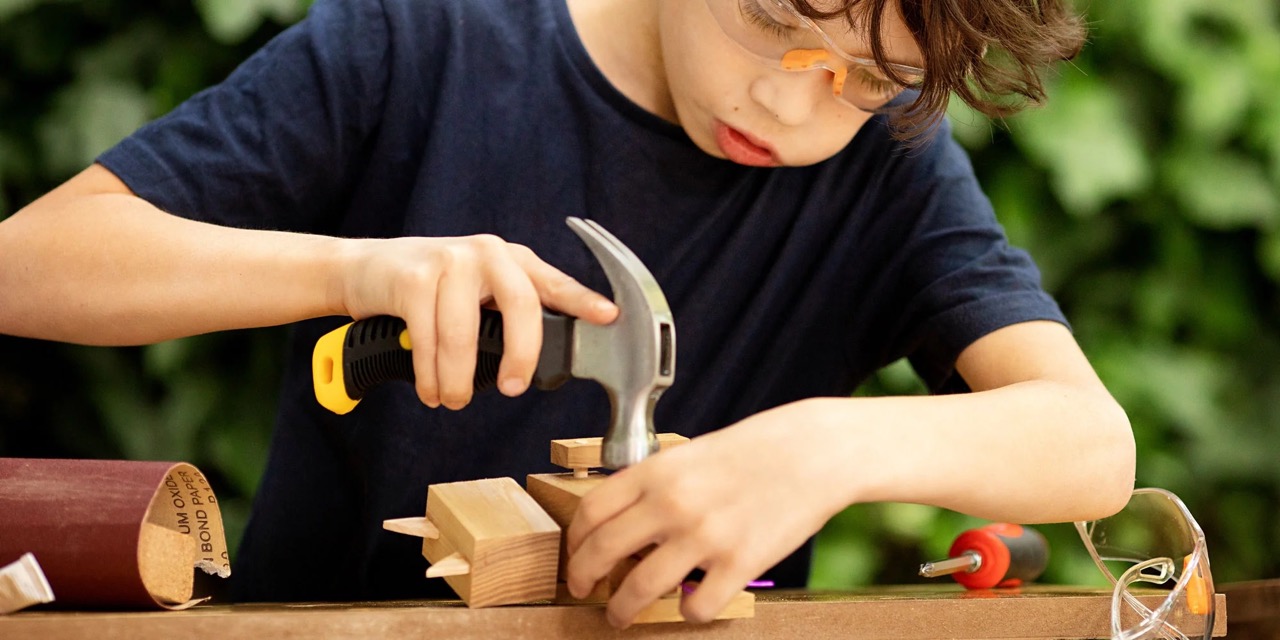
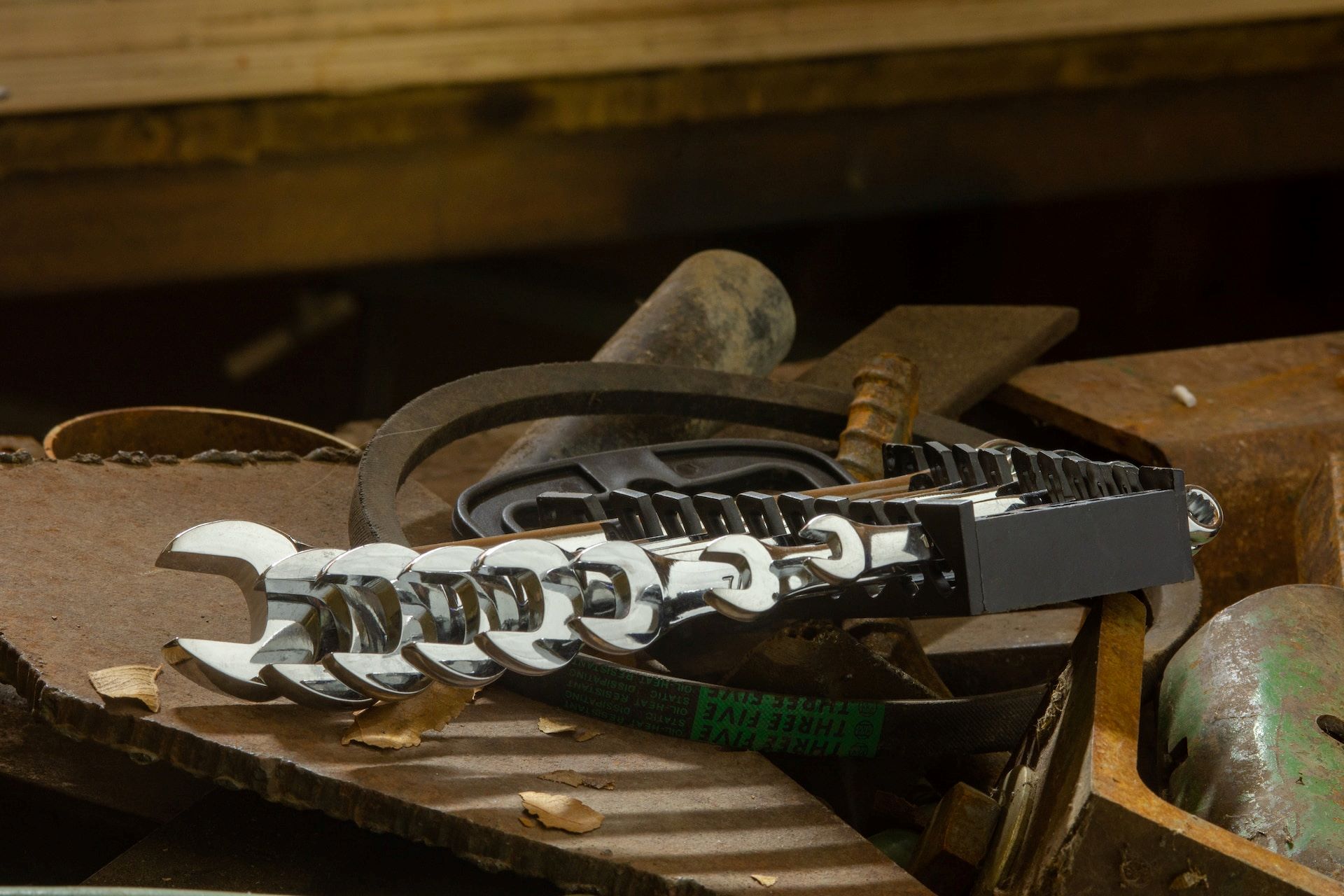

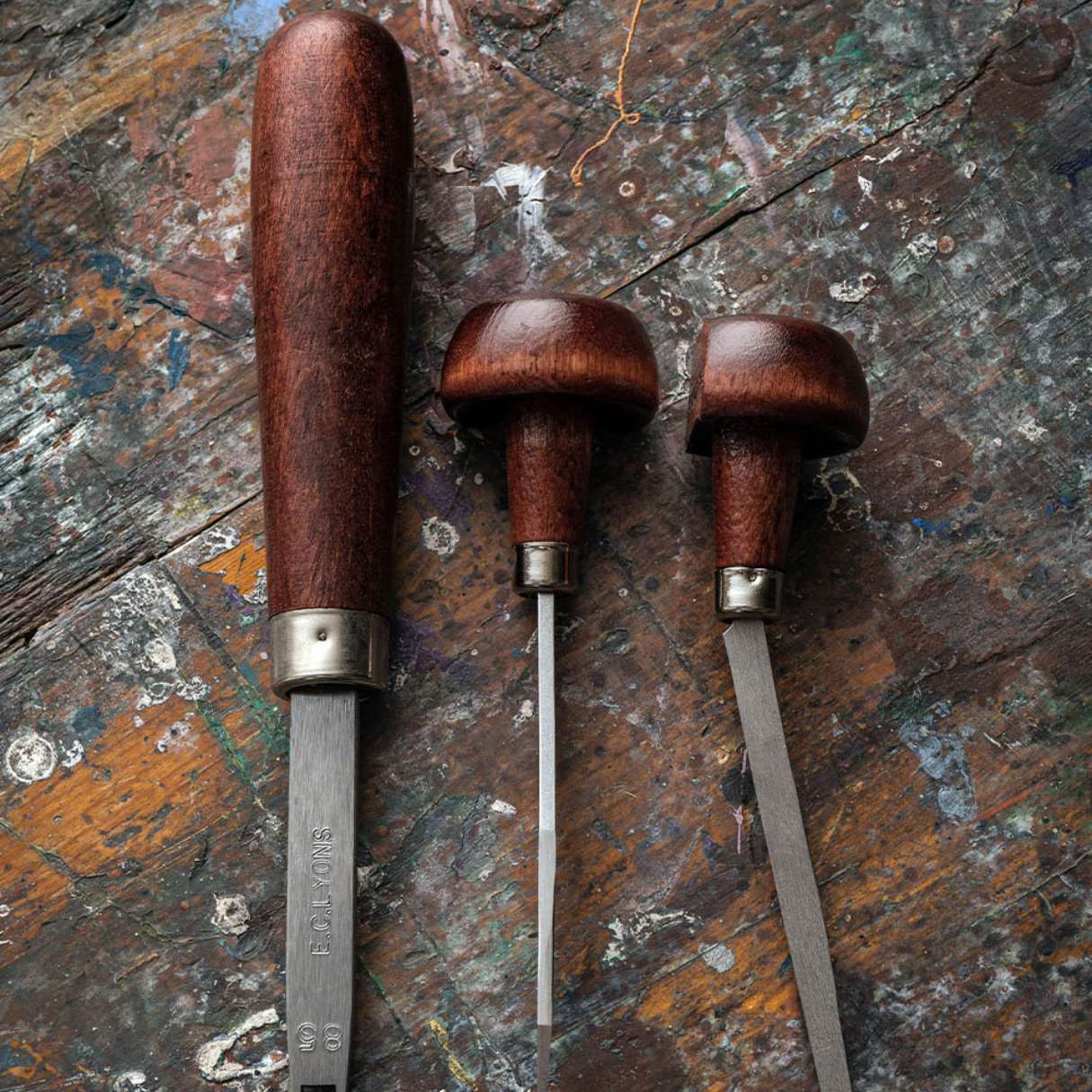
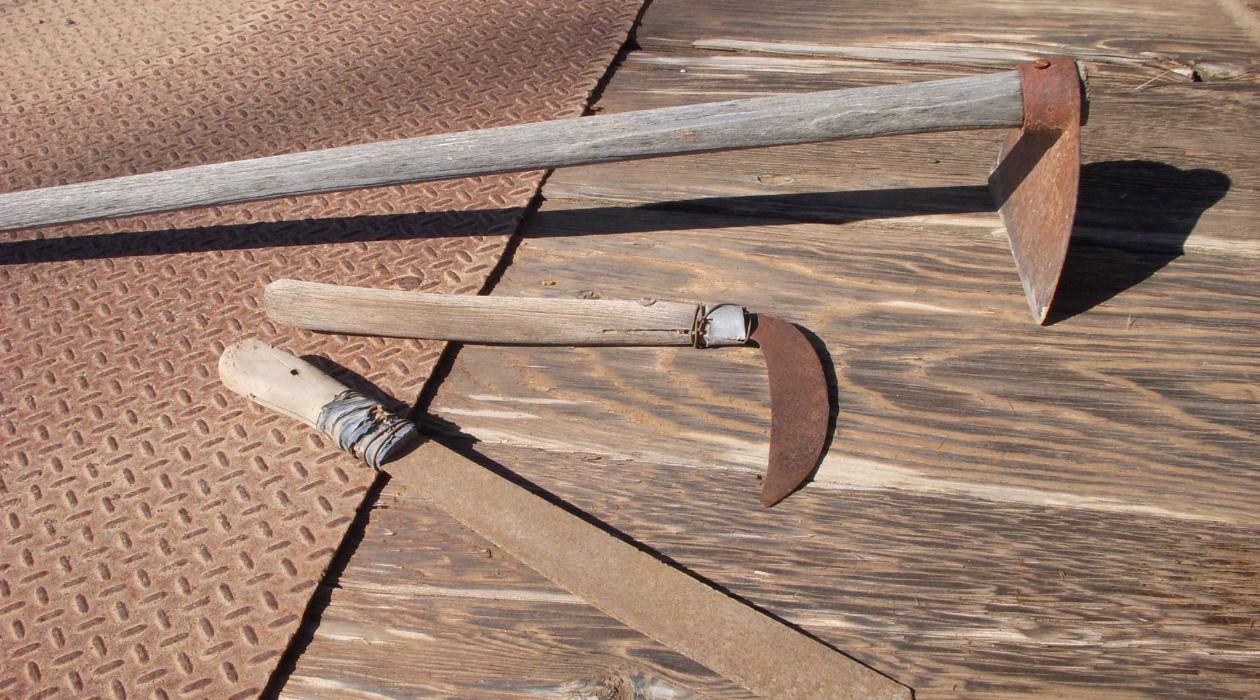
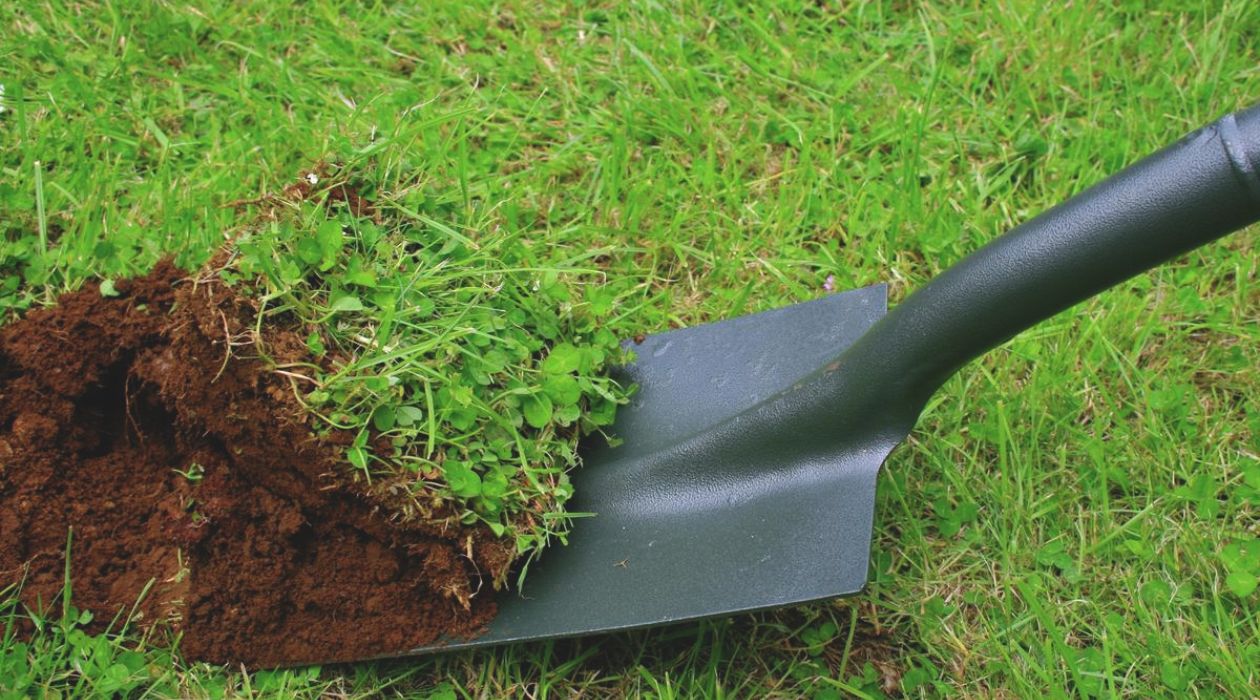
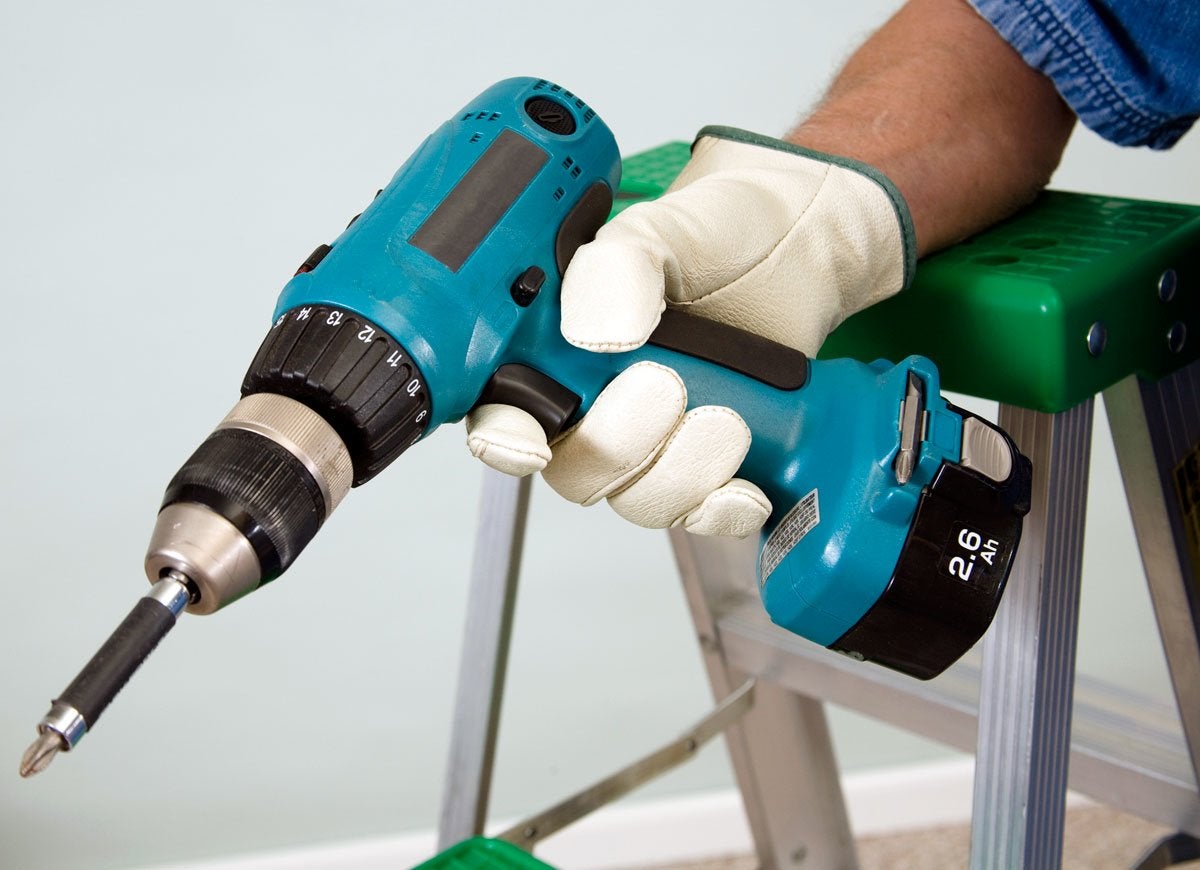
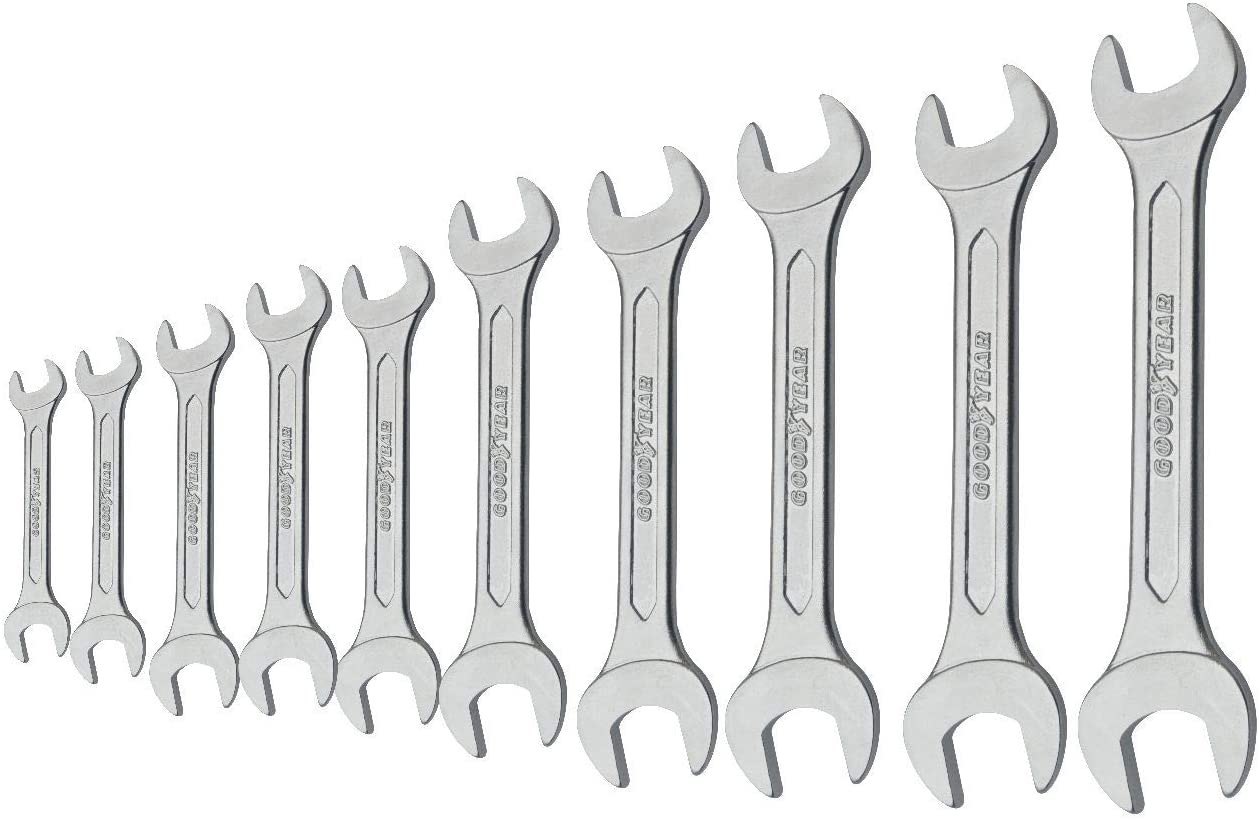
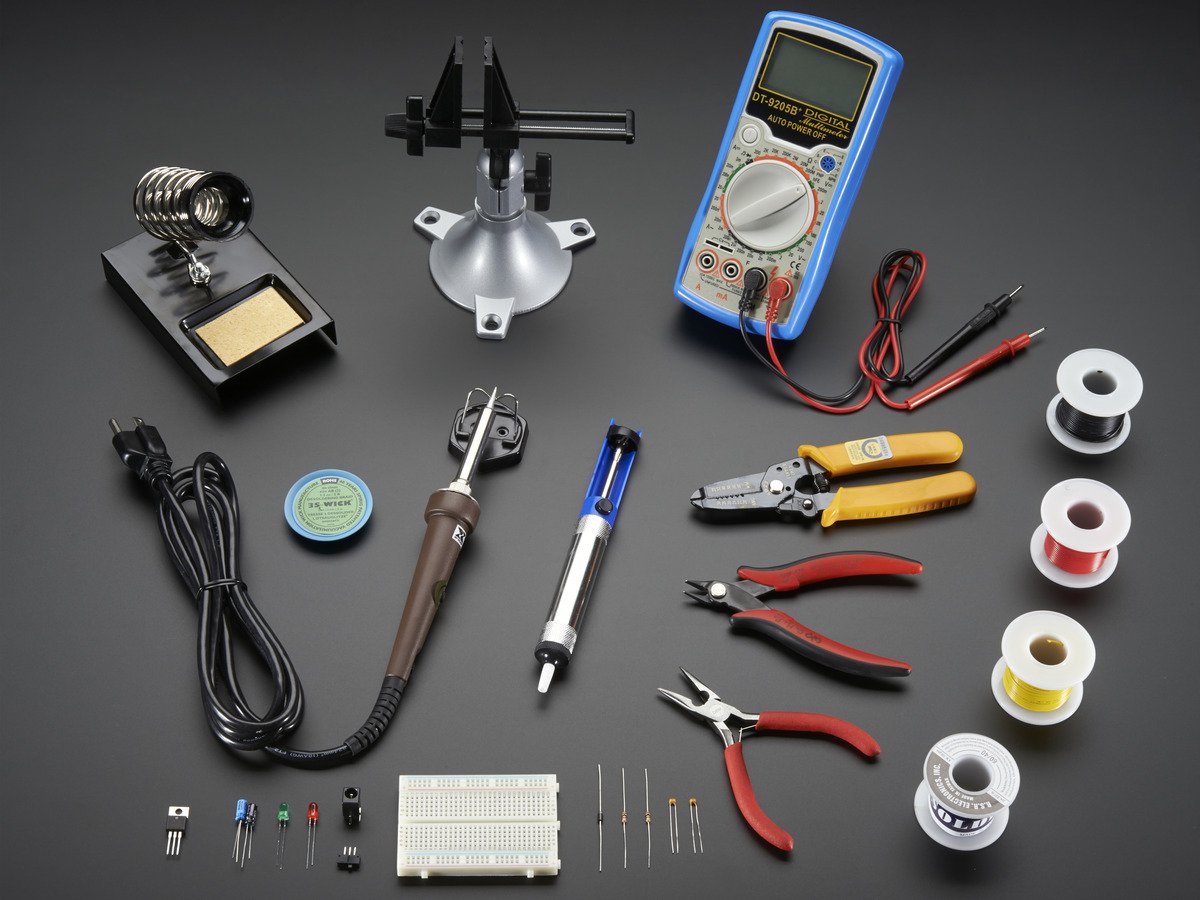
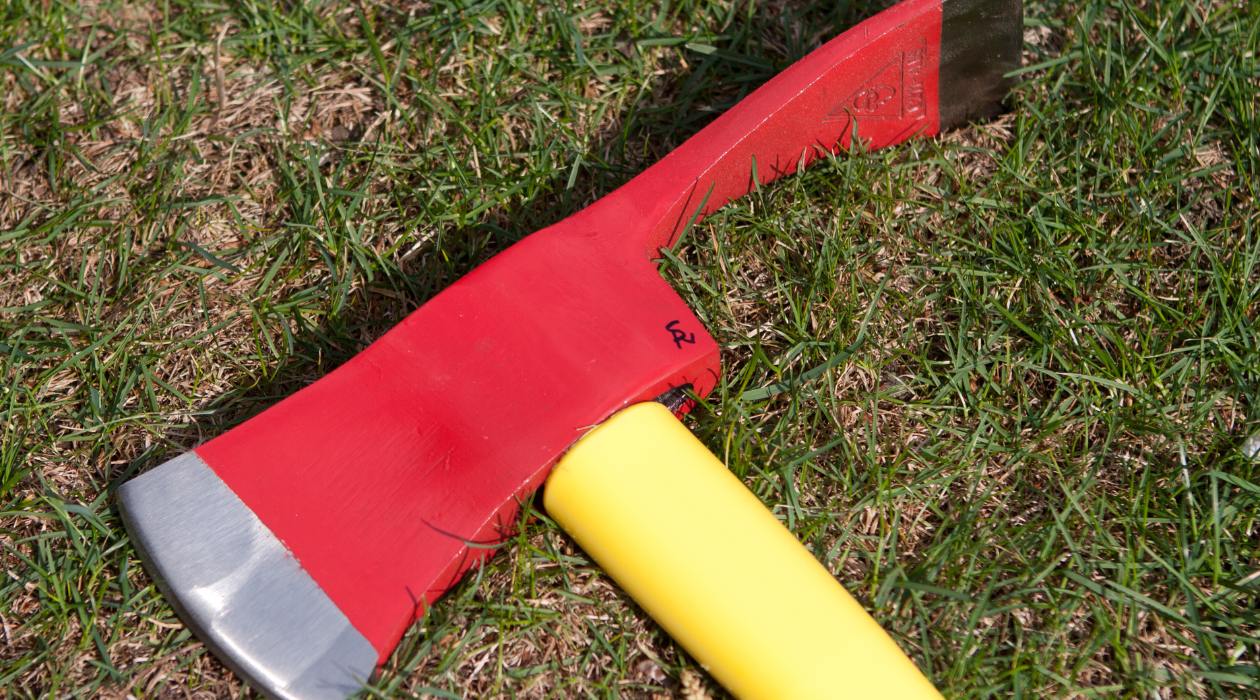
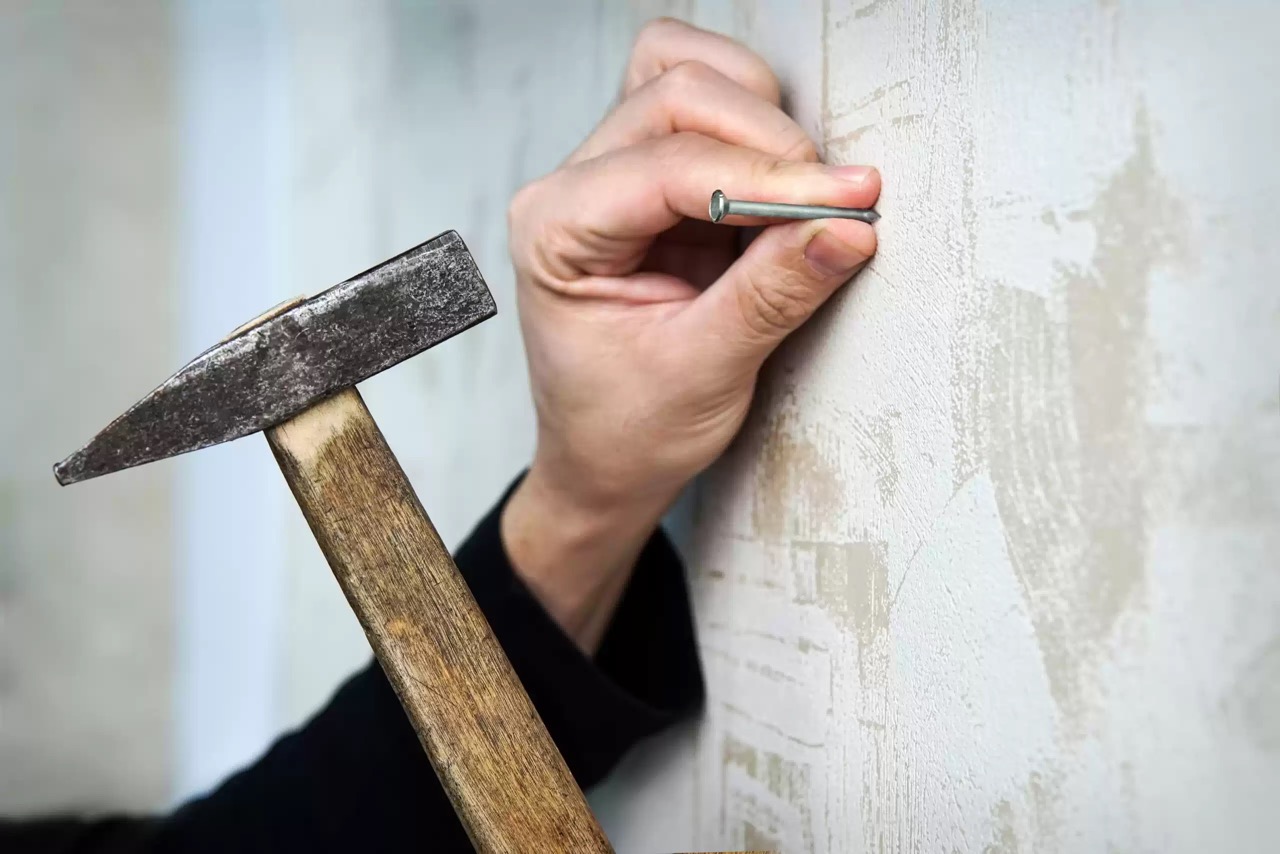
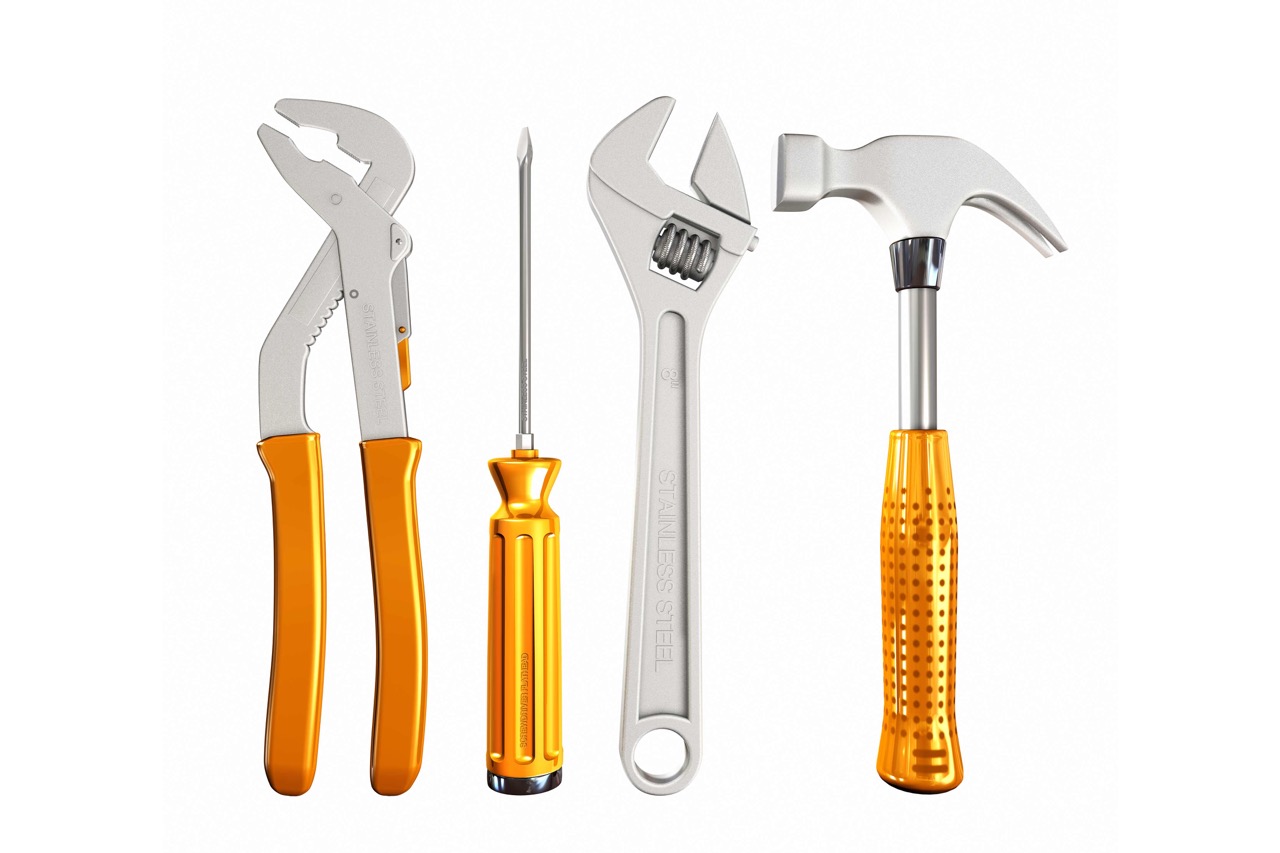
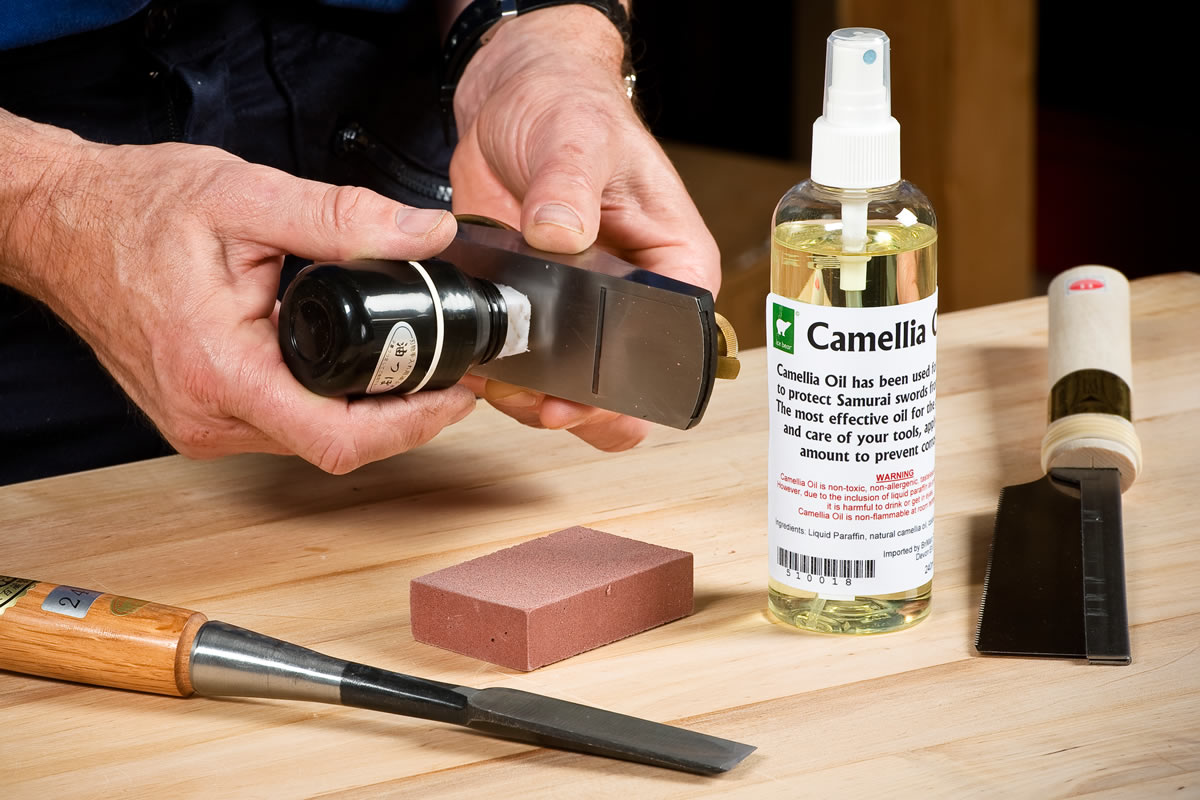
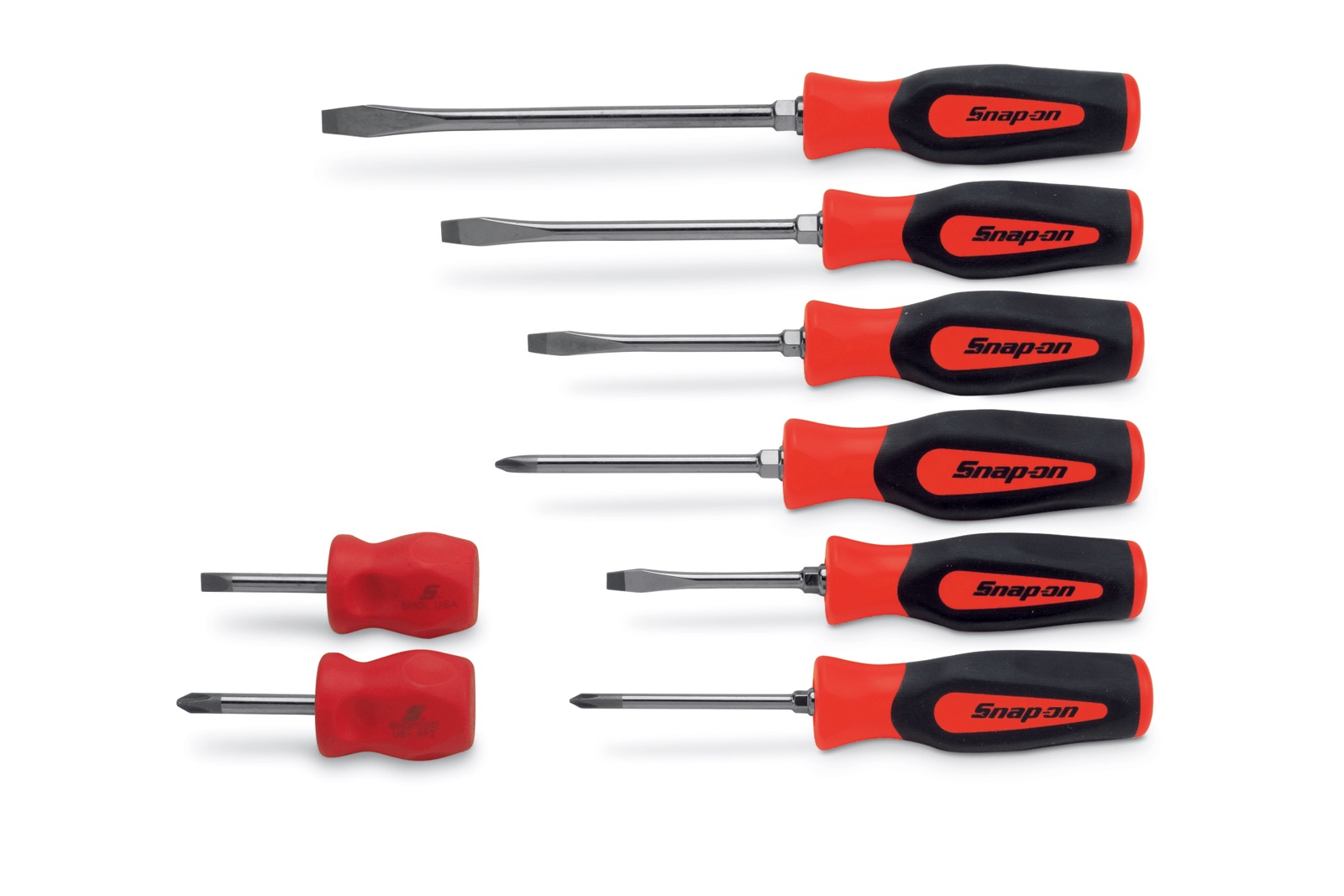

0 thoughts on “What Should Be Used When Using Hand Tools”